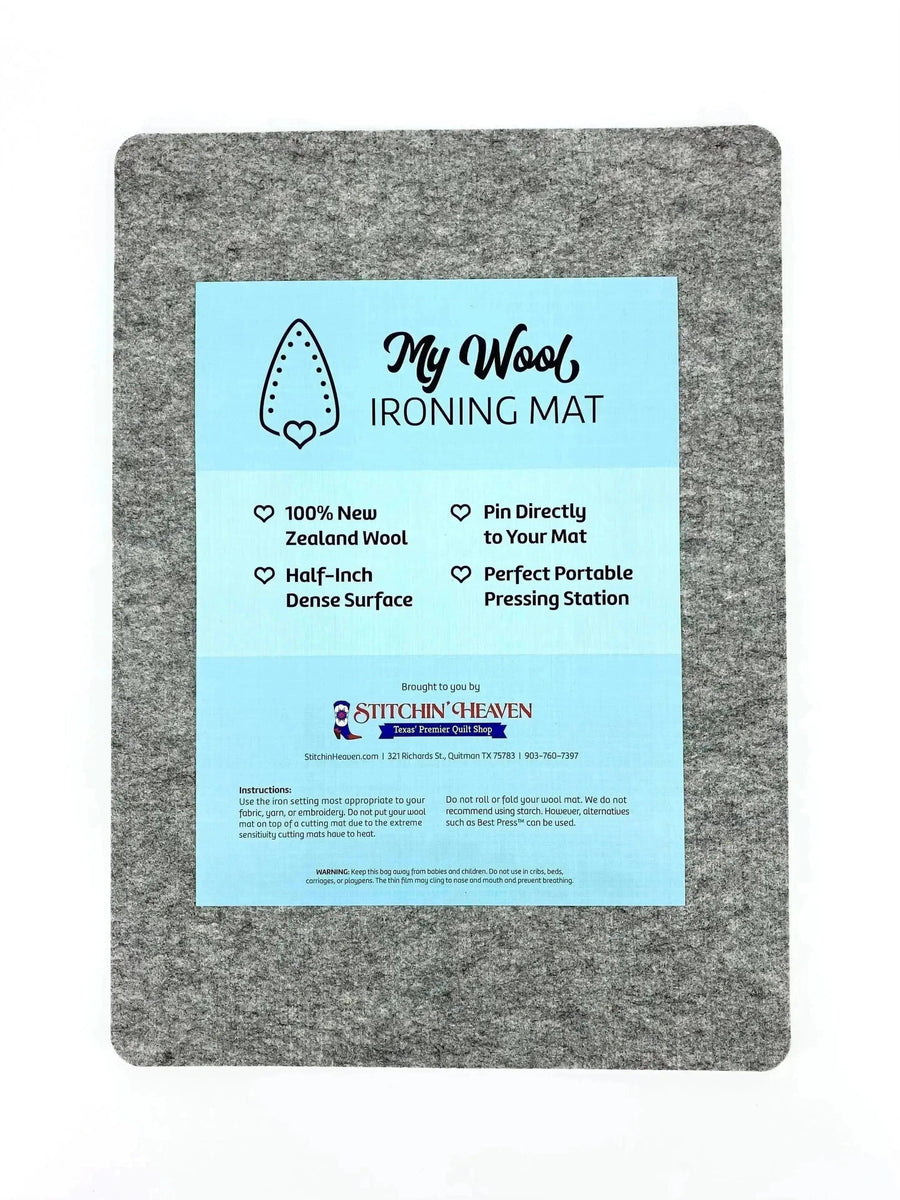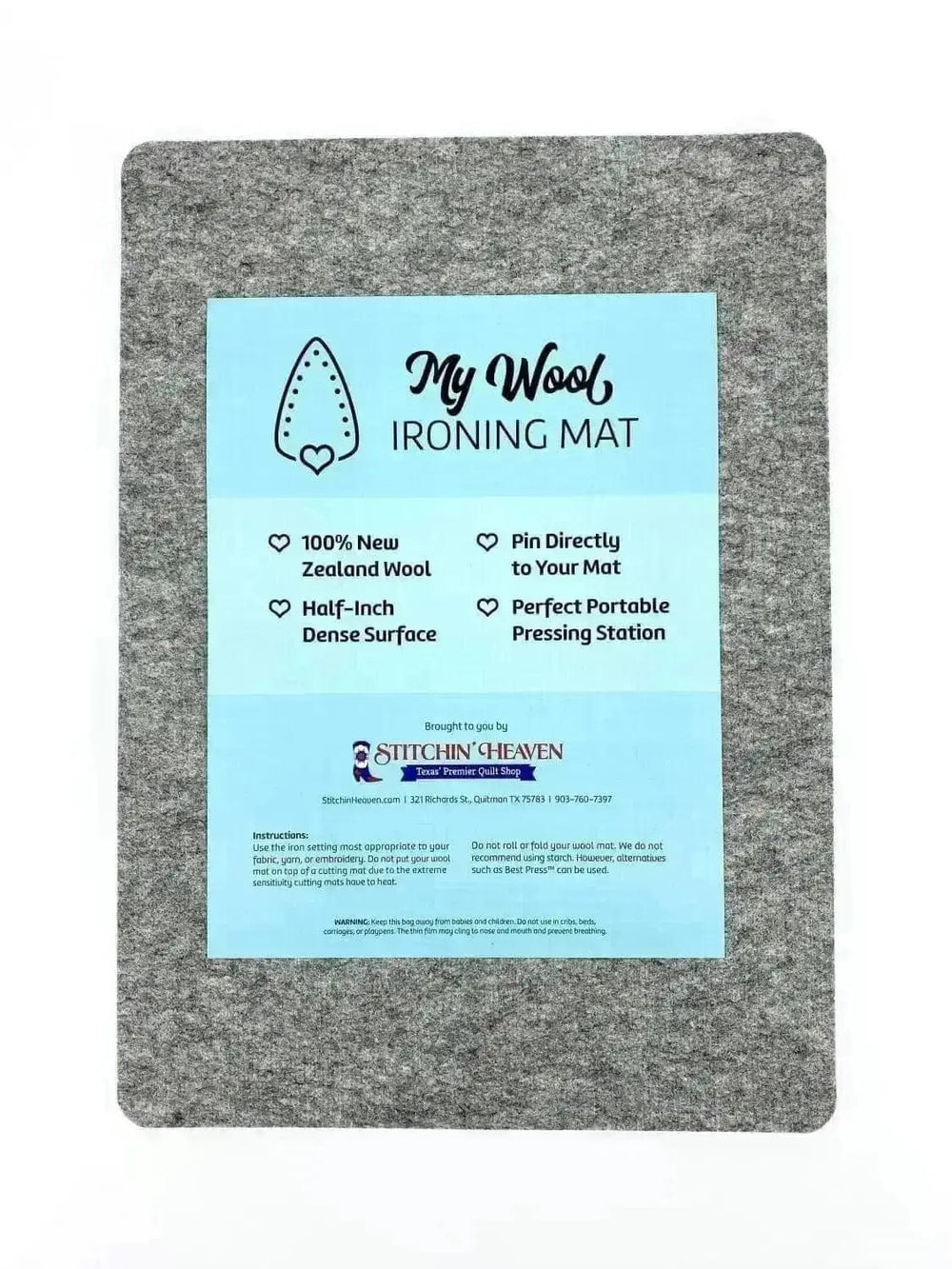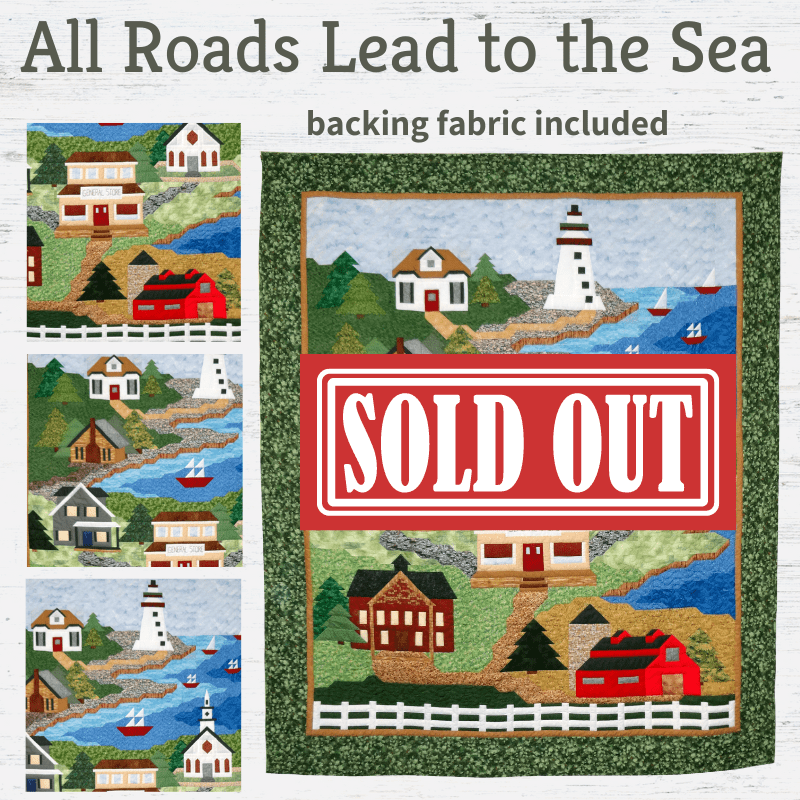Check Out Our Batik Fabrics
What are Batik Fabrics?
Batik is a patterned fabric made through a process called wax-resistance dyeing: batik artists apply wax to a fabric and then dye it. The wax repels (“resists”) the dye which dyes the rest of the fabric. Along with weaving, it’s one of the oldest ways to pattern fabric.
But that really doesn’t describe how incredibly beautiful these fabrics are and how astonishingly talented the artists are that make them.
Like a lot of people, I took batiks for granted—sure, they’re beautiful. It wasn’t until I went on a quilting cruise with Stitchin’ Heaven (more on that later!) that I realized how intense the process for creating them is. Now I have a much greater appreciation for batiks. Whenever I see an Indonesian batik now, I can’t help but admire the creators. It truly is an art form.
This post will teach you everything about batiks—the history, the process for making them, how you can incorporate them into your projects (quilting or otherwise) and their care and maintenance.
About
Batik fabrics are made by using a technique called wax-resist dyeing. Wax is applied to all the fabric, and then patterns and designs are scratched out with a tool called a tjanting or a copper stamp called a cap. The tjanting is normally made of wood or bamboo. It has a reservoir and the tip is hollow to allow the wax to flow onto the fabric.
The garment is then dyed. The wax protects against (“resists”) the dye during this process. Only the scratched away and exposed parts of the fabric soak up the dye. The fabric is then boiled to remove the wax. The process can then be repeated.
It’s an old technique--older even than writing! Archaeologists have found batik fabrics from ancient Egypt (circa 4000 BC), the Chinese Tang Dynasty (618-907 AD) and Japan’s Nara period (645-794 AD). Batik originally comes from Java Island, in Indonesia. In fact, the word Batik comes from the Javanese “titik,” which means “dot.”
Even though batik fabric comes from around the world, the Javanese batik artists are renowned for their beautifully patterned fabric. Batik is culturally important in Indonesia. It’s used in several important ceremonies, such as childbirth or marriage.
For instance, in Indonesia’s tedak siten ceremony, a child is wrapped in a specific batik before they are placed on the soil for the first time. In the naloni mitoni ceremony, a mother-to-be is wrapped in seven layers of batik, each meant to provide her and her child a specific type of well-being and luck.
The patterns themselves are also significant: Parang, a pattern resembling rippling waves in the ocean, signifies humanity’s struggle and reminds Indonesians to strive to be their best. The Truntum motif, created by the wife of Sultan Pakubuwana III, symbolizes unconditional and everlasting love.
Batik is a way of life in Indonesia—so, of course they’re the best at it!
Most modern batiks are made from 100% cotton. They make a great addition to any sewing project: quilts, bags, tuffets—a great batik can make any project stand out. If you’re like me, you’ve been on the internet searching for fabrics and come across a beautiful, vibrant batik or two.
Or more. I’ll be honest: I spend a lot of time looking at fabric.
Batiks at Stitchin’ Heaven
We stock a lot—and I mean a lot—of batik at Stitchin’ Heaven. One of our favorite batik manufacturers is Island Batik. We love their fabrics—they’re gorgeous.

We also love Island Batik because they are committed to doing good. They staff over 200 artists and dyers in Indonesia, and they ensure that those Indonesian artists and their communities thrive alongside their business.
We stock a rainbow (literally!) Island Batik fabrics, including those from their Fall/Winter 2019 and Spring/Summer 2020 catalogs.
We carry batik for purchase by the yard (of course), but we also have beautiful precuts that are so popular. We also carry batik-themed jelly rolls, layer cakes, fat quarters and charm squares.
Quilts
Any quilt can be made from batiks. Every quilt could! Some, however, are designed especially for batiks. Have you seen the beautiful quilt patterns by Judy Niemeyer? Her paper pieced patterns lend themselves to beautiful batik prints. They’re stunning!
One of our most popular quilt kits, Montana Sapphire features a lot of wonderful, aquamarine and navy batiks.
Our scrap crazy quilt kits also frequently feature batiks. They’re great if you’re just beginning your quilting journey or if you’re a experienced quilters looking to make a special gift for someone quickly.
Bags
Batiks are perfect for an expressive tote or handbag. Their vibrant colors draw the eye, but if you’re looking for something more conservative, we also sell a variety of neutral tone batiks—and they’re just as beautiful!
A great project would be to make Auntie’s Two Big Katahdin Tote with a jelly roll of batiks. You could go wild with a rainbow jelly roll, or you could make a more traditional bag with shades of one color. A purple, indigo and violet one would look awesome.

Trips
Want a personalized piece of batik?
Well, we have the opportunity of a lifetime for you!
You may have heard about our quilting cruises. Once a year, you can join our Batik Cruise to the Caribbean.
This cruise features a stopover in St. Kitts, and our group visits Caribelle Batiks—a local batik factory on one of the gorgeous Romney Manor. You will get to watch the artisans at Caribelle create their beautiful fabrics, and they show you how they create their designs.
It’s a truly eye-opening experience.
There are dozens of batik artists in the room where they apply the wax to the fabric. Most of them are using caps (like we did) to apply the patterns but some of the more experienced artists showed us how to create patterns with a tjanting.
But that’s not all: you’ll get to make your very own piece.
You choose what stamp or design you want to use, and they will guide you through the process of stamping the fabric with the wax and cap. Then comes the really exciting part: The dyeing room!
The dyeing room is as hectic as you would imagine: hundreds of tubs of different colored dyes and workers gently stirring the fabric to dye them. We didn’t dye our own fabric (what a mess!) but did get to pick the color.
After dyeing, we left the wax on our pieces of batik fabrics. When we got home, we boiled them in water to release the wax. I chose to use the butterfly cap stamp on mine and will eventually sew it into a quilt with all the other beautiful batiks I from the shops at Caribelle Batik Factory.
It was such an amazing experience. I’m so glad that I went.
Care of Batiks
Because the whole process of making a batik involves dyeing parts of cloth to make a print, it’s important that you test your fabric to make sure the colors don’t bleed. The more delicate batik fabrics should only be hand-washed. Make sure that you read the care instructions for your fabric carefully.
Most of our batiks at Stitchin’ Heaven are 100% cotton. If you use them to make a quilt (and you should!), it will still be machine washable.
Batik fabrics normally have a tighter weave and higher thread count than other fabrics. While this helps them withstand the dyeing process, they also feel stiffer than 100% cotton fabrics. Because of the tighter weave, batiks tend to fray considerably less than cottons. They make a great choice for appliqué on your quilt.
Batiks are one of my favorite fabrics. I hope this post helped you understand them and the process of making them better. Go take a look at all the beautiful batik fabrics available at your local quilting store. If you don’t have a store close to you, have a look at Stitchin’ Heaven’s website to see all of the beautiful batik fabrics, kits and projects we have available.


















